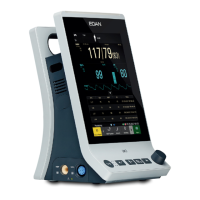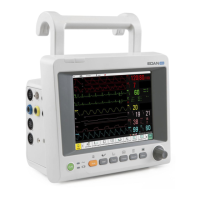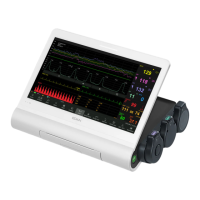What to do if EDAN Monitor characters are displayed normally, however waveforms are displayed intermittently?
- TTodd SchultzSep 7, 2025
If characters are displaying normally on the EDAN Monitor, but waveforms are intermittent, it may be due to a data communication error between the Main control board and the parameter module. Based on error prompt, replace Main control board, keyset or parameter module so as to confirm the failure.







